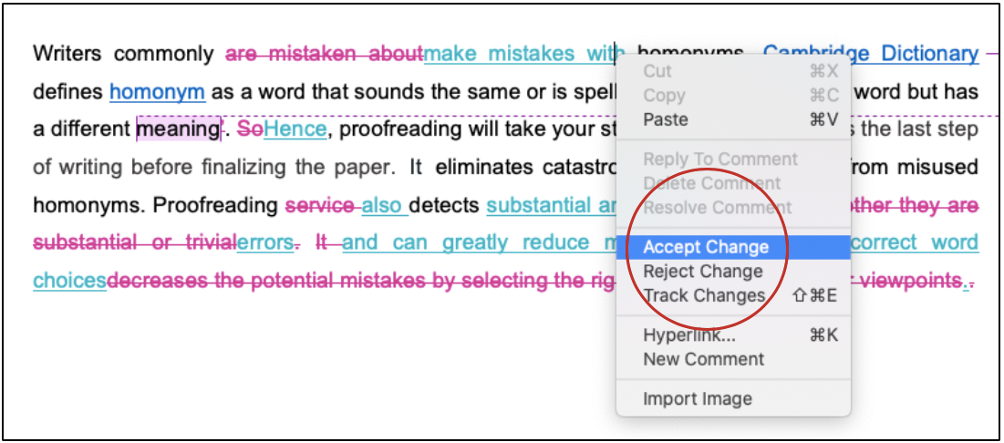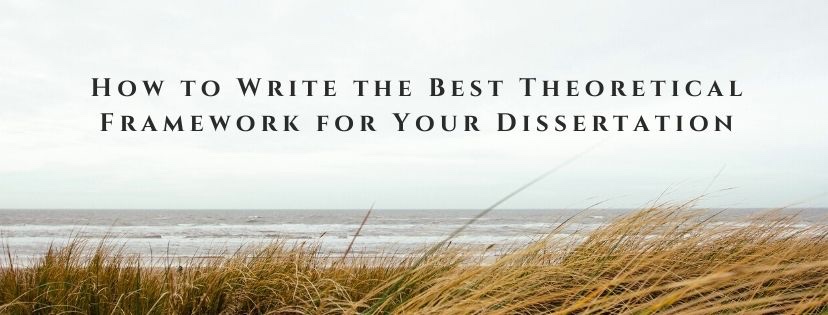Research methods are specific procedures for collecting and analyzing data. Therefore, your research methods form the most critical part of your research design. You must make two crucial decisions during your method planning.

Research methods are specific procedures for collecting and analyzing data. Your research methods form the most critical part of your research design. You must make two crucial decisions during your method planning. The first one involves how you gather data. The data may be qualitative or quantitative, primary or secondary, and descriptive or experimental. Qualitative or quantitative data imply whether your data involve numbers or words. Primary versus secondary data suggest if you will gather the data or use the data already collected by someone else. Descriptive data involve taking measurements as it is, while experimental data include experimenting. The second one consists in deciding how you will analyze the data. You may resort to statistical methods to explore the relationships between the variables for quantitative data. In contrast, you can use methods, including thematic analysis, to infer models and implications in the data for qualitative ones.
You collect data to address your research question. The aims of your research determine what type of data you will gather. Assume you wish to answer questions about ideas, experiences, or meanings. In that case, you must collect qualitative data. However, you need to gather quantitative data to build a systematic understanding of a topic or if your study is about hypothesis testing. Qualitative data are flexible and can involve small samples.
Nonetheless, statistical analysis is improbable, and research standardization is challenging. Quite to the contrary, quantitative data have a broader scope and can generate reproducible knowledge. On the negative side, they demand statistical training for data analysis and require much larger samples.
You may also choose a mixed method. In that case, you employ both qualitative and quantitative research methods.
Primary data include original information you gather to address your research question using surveys, observations, or experiments. Conversely, secondary data are information already collected by other researchers, such as previous scientific studies and governmental statistics.
Suppose you wish to explore a novel research question. In that case, what you need is to amass primary data. However, secondary data may require synthesizing extant knowledge, analyzing historical trends, or specifying models on a large scale.
Primary data can help you answer specific research questions, and you can employ sampling and measurement methods. However, data collection may be time-consuming and costly. Moreover, you need training before data collection.
You can readily access secondary data. They can include information from broader areas and timescales. Nonetheless, you almost have no idea how data have been gathered, and you may need to modify them to fit your research purposes.
Suppose you gather data about your research without intervening. In that case, you will have descriptive data. Remember that your sampling method will determine the validity of your study. Conversely, in experimental research, you are more active and take the initiative to intervene systematically in a process and meter its outcome. Your experimental design will be the determiner of your research validity.
When experimenting, you control the levels of your independent variable (x). This control will provide you with the precise measurement of your independent variable (y). Please notice that you should be able to control any confounding variable. If you can ensure them all, you can address the questions about cause and effect.
With descriptive data, you can describe your research subject without affecting it and collect big data. However, no control exists for confounding variables, and you cannot study cause-and-effect relationships. On the contrary, experimental data allow you to have more control over confounding variables, and you can build a cause-and-effect relationship. On the negative side, you might unexpectedly affect your research subject and need more extraordinary expertise and resources to gather the data.
Best Edit & Proof expert editors and proofreaders focus on offering papers with proper tone, content, and style of academic writing, and also provide an upscale editing and proofreading service for you. If you consider our pieces of advice, you will witness a notable increase in the chance for your research manuscript to be accepted by the publishers. We work together as an academic writing style guide by bestowing subject-area editing and proofreading around several categorized writing styles. With the group of our expert editors, you will always find us all set to help you identify the tone and style that your manuscript needs to get a nod from the publishers.

You can also avail of our assistance if you are looking for editors who can format your manuscript, or just check on the particular styles for the formatting task as per the guidelines provided to you, e.g., APA, MLA, or Chicago/Turabian styles. Best Edit & Proof editors and proofreaders provide all sorts of academic writing help, including editing and proofreading services, using our user-friendly website, and a streamlined ordering process.
Visit our order page if you want our subject-area editors or language experts to work on your manuscript to improve its tone and style and give it a perfect academic tone and style through proper editing and proofreading. The process of submitting a paper is very easy and quick. Click here to find out how it works.
Our pricing is based on the type of service you avail of here, be it editing or proofreading. We charge on the basis of the word count of your manuscript that you submit for editing and proofreading and the turnaround time it takes to get it done. If you want to get an instant price quote for your project, copy and paste your document or enter your word count into our pricing calculator.
Contact us to get support with academic editing and proofreading. We have a 24/7 active live chat mode to offer you direct support along with qualified editors to refine and furbish your manuscript.
Follow us on Twitter, LinkedIn, Facebook, Instagram, and Medium.
For more posts, click here.
This article explains how to build research methods for a dissertation or thesis. To give you an opportunity to practice proofreading, we have left a few spelling, punctuation, or grammatical errors in the text. See if you can spot them! If you spot the errors correctly, you will be entitled to a 10% discount.
How to Determine Variability in a Dataset
14.10.2023
Population vs Sample | Sampling Methods for a Dissertation
14.01.2023
7 Issues to Avoid That may Dent the Quality of Thesis Writing
18.12.2022
How to Ensure the Quality of Academic Writing in a Thesis and Dissertation?
04.12.2022
How to Define Population and Sample in a Dissertation?
03.12.2022
How can You Establish Experimental Design in Your Dissertation?
12.11.2022
How Can You Decide on Tense Usage in Your Dissertation?
04.11.2022
How Can You Write an Abstract for Your Dissertation?
30.10.2022
How to Build a Strong Hypothesis for Your Dissertation
13.10.2022
How Can You Develop Solid Research Questions for Your Dissertation?
13.10.2022

Who decides the layout requirements for a dissertation? The answer is primarily clear, either your supervisor or department. Nonetheless, each program has a standard guideline determining page numbers and table of contents. Should you use MLA or APA citation style, you follow the MLA format guide or APA guide. Here are 10 useful tips for dissertation layout and formatting.
Continue Reading
A theoretical framework primarily supports the idea of a research study. It bears all the theories that prove the essence and importance of any research. In a nutshell, it is developed to explain the research and comprehend its circumstances. It may involve all the theory-based logic behind the importance and existence of your research in academics. This step-by-step guide discusses how to build a theoretical framework for a dissertation.
Continue Reading
After you finish your thesis, what is next is editing your thesis. Rather than sending it to your friends or professors, a better option is to find a professional editing and proofreading service. They usually have trained and experienced experts, have Ph.D. in their fields, and will edit your thesis without prejudice. Their suggestions will improve your thesis's content and structure, rendering it much more effective.
Continue Reading
The first chapter of your thesis or dissertation includes the introduction. You should provide the reader with a solid start. Next is staging your research with an apparent focus, objective, and direction.
Continue Reading
Researchers develop theories to explain phenomena, build connections, and make educated guesses. Therefore, you illustrate the existing ideas supporting your dissertation or thesis in a theoretical framework, depicting that your work has a solid foundation.
Continue Reading
Your thesis or dissertation ends with the conclusion. Its primary purposes include addressing the main research question, summarizing and echoing the study, presenting future studies recommendations, and depicting your contribution's novel knowledge.
Continue Reading
While researching a group of people, collecting data from every person in that group is virtually impossible. To counter this issue, you choose a sample. What is the difference between population and sample? What sampling methods should you use in your dissertation?
Continue Reading